for a long time I just thought of git as some kind of "save state" (or snapshot) for programming project,
in which I can go back in history to previous state
(at that time I just git add . then git commit.
But with "staging", now I can "preview" what I want to commit before committing it.
I find it easier to think of staging as "print preview" of your commit: you can see what the commit is going to be like before actually committing it
(as you can see the printed document before actually spending papers and inks)
for example, I have edited 9 files, 3 files contains new feature, 2 files contains bugfix, while 4 files is not finished (maybe new feature or cancelled feature request)
with staging, I can either:
A. git add those 3 files contains new feature, and 2 files contains bugfix, then commit it as "production ready commit"
(ready to be deployed, e.g.: uploaded to public http server via automated means).
my other 4 unfinished files will not be included in the commit
B. git add those 3 files contains new feature then commit, then git add those 2 files contains bugfix then make separate commit with different commit message for better tracibility
another benefit in this "staging" is to give me time to "review" my changes one last time. In this "last review" time I can spot errors more thoroughly to prevent mistakes (e.g.: typo)
I know it is not very practical to write git add filename_here for 3-5 times
(or more times if you changed more files) before every commit, so I use git clients like lazygit to automate the staging
(I just have to click on file name of file that I want to stage)
with lazygit, I can even stage a file partially (e.g.: only 5 lines out of 7 lines changed). This helps tremendously when some changes are not very granular (e.g.: a file containing class definitions is changed, I changed the definition of 3 methods/functions, 2 of those methods/functions is ready to commit and 1 is not ready yet)

other git client that you can use to do "preview and click" staging: sourcetree (windows), gitextensions (windows/linux)
disclaimer: I do not own nor contribute to these git clients above, I just find them very helpful and want to share
